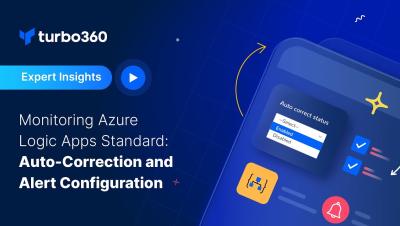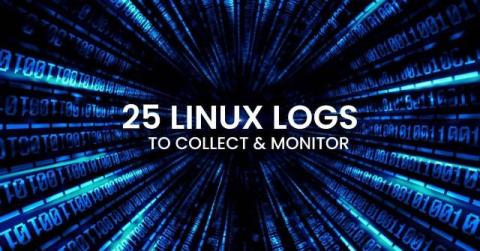Monitoring Azure Logic Apps Standard: Auto-Correction and Alert Configuration
The video discusses monitoring Logic Apps Standard, specifically at the workflow level. Michael Stephenson - Product owner for Turbo360, explains how to configure alerts and auto-correction for workflows in Logic Apps Standard. He demonstrates how to set up a rule to trigger an alert when a workflow is disabled and how to auto-correct the workflow back to an enabled state.











